What is Covid-19?
Image credit: CDC, Alissa Eckert (MSMI) and Dan Higgins (MAMS)
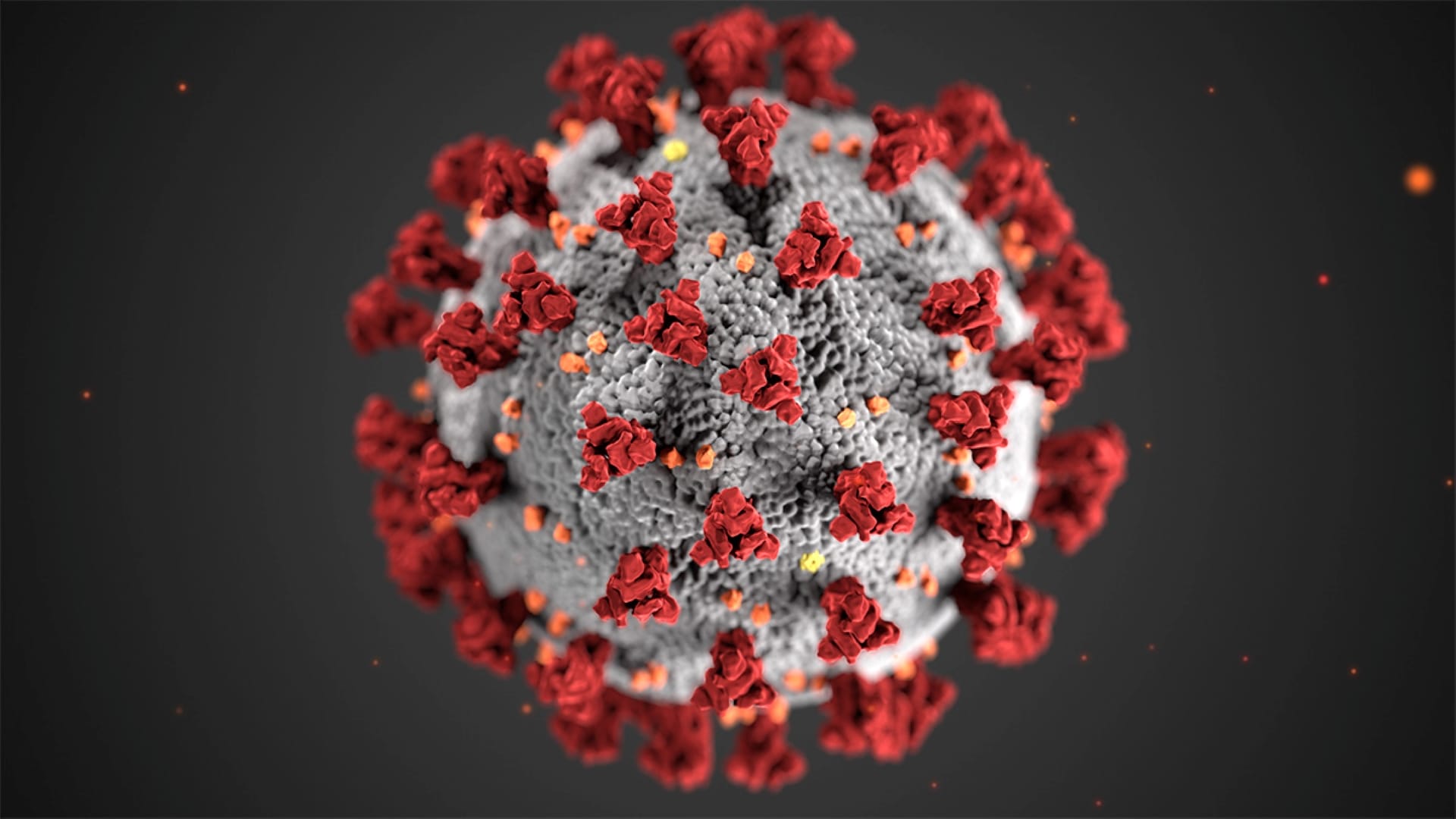
Coronavirus disease 2019, often called Covid, or Covid-19, is a new viral disease which caused a global pandemic from the end of 2019 into the 2020s.
- Covid-19 causes many different disease symptoms, and varying levels of illness. Here are some basic facts about this disease, which turned the world as we know it upside-down.
What is the virus like?
- The virus which causes Covid is the severe acute respiratory syndrome coronavirus 2, or SARS-CoV-2 for short.
- This virus belongs to the coronavirus family – a set of RNA viruses found in birds and mammals.
- Other well-known examples of coronaviruses include SARS (severe acute respiratory syndrome or SARS-CoV-1), MERS (Middle East respiratory syndrome or camel flu), and even some types of the common cold.
- Coronaviruses get their name from the corona (crown)-like shape of their spike proteins. These are the protrusions (sticking out bits) seen on most illustrations of the virus, and they are critical for the viruses to be able to infect their host.
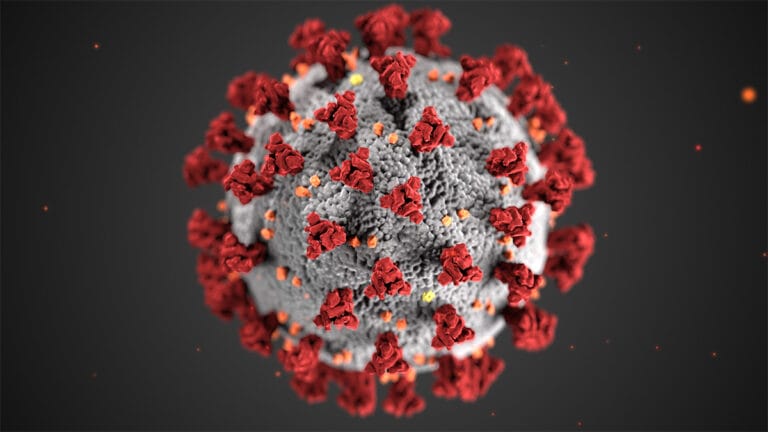
- The spike proteins allow the virus to get into our cells. They fit into receptors on the cell surface membranes, like keys fitting into a lock. If the key fits, the virus can infect the cell; if it doesn’t, then the virus is unable to enter.
- This explains why a coronavirus that can infect one type of animal may not be able to infect another species, if the ‘locks’, or receptors, on their cells are sufficiently different.
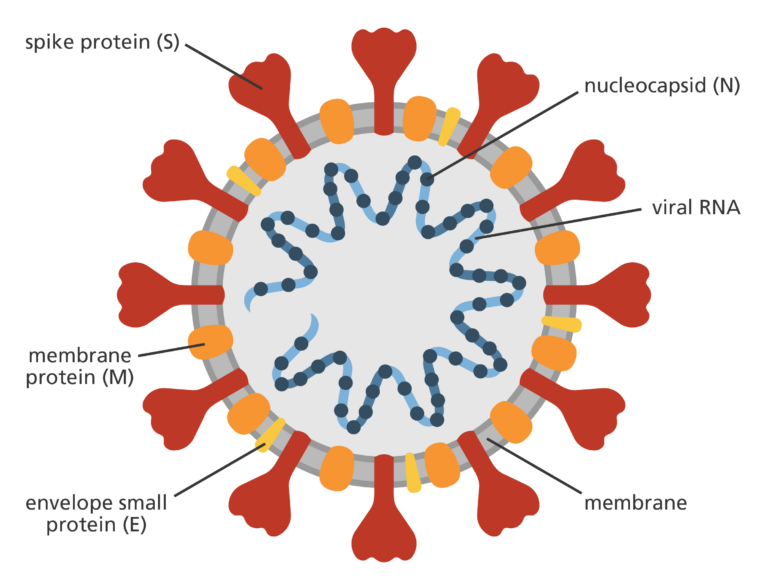
Where did COVID come from?
- Covid is a new (novel) disease – it hasn’t been seen before in people. It is a zoonotic disease as it came to us from another animal species. These diseases are often said to ‘jump’ to humans from an original or intermediary animal.
- Though the origins of SARS-CoV-2 aren’t fully known, a very similar coronavirus has been found in bats. It may have also passed through another type of mammal, such as pangolins, before mutating to be able to infect people.
- The big step in the evolution of a disease like COVID-19 is when the virus mutates so it no longer depends on animals but passes directly from one person to another. This made SARS-CoV-2 much more dangerous to public health and enabled it to cause a global pandemic.
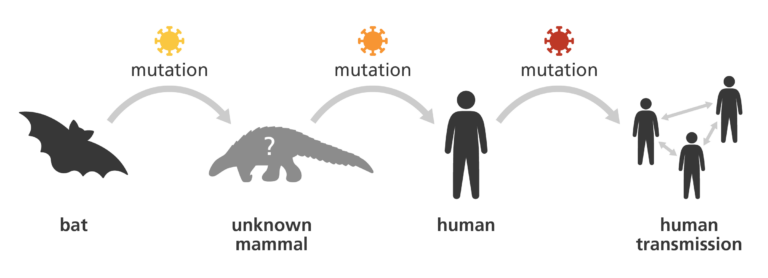
What are the symptoms of COVID-19?
- Common covid symptoms include fever, coughing and alterations or loss of taste and smell. Other symptoms are possible - they seem to vary depending on the age of the person infected, their sex, whether they have any pre-existing medical conditions and whether or not they have been vaccinated.
- Some people become severely ill – the lung damage caused by the virus means they feel very breathless and cannot get enough oxygen for their body to function properly. They may experience a cytokine storm. This is when the inflammatory immune response gets out of control and goes into overdrive. It results in a far greater immune response than necessary, which then actually damages the body itself.
- Covid-19 makes some people so ill that, even with the best of medical care, they sadly die. The risk of dying is highest in older people, people who are overweight and people with pre-existing health problems.
- Some people who have had Covid don’t fully recover for a very long time - they experience waves of symptoms that last for months. This is known as long covid.
- The symptoms of long covid include extreme fatigue, dizziness, shortness of breath, brain fog… Doctors and scientists are still investigating why some people are affected in this way and how they might be helped to recover.
How is it spread?
Covid-19 is a new disease. Even though it is closely related to other, common infections such as colds, it took scientists some time to work out exactly how it spreads from one person to another. Several routes of infection have been identified. The main ones are:
- droplet infection: when an infected person coughs, sneezes, talks or sings, they release virus-filled droplets into the air. If you are within a metre of the infected person, you breathe these droplets in and may become infected yourself.
- aerosol infection: when an infected person coughs, sneezes, talks or sings, they release minute virus-filled particles forming aerosols in the air. These aerosols do not settle – they remain in the air and build up. If you breathe them in you may become infected.
- direct contact: virus-filled secretions pass from one person to another by touching or kissing.
- fomites: virus-filled secretions from an infected person land on surfaces and objects and survive for some time. These contaminated objects are known as fomites. If you touch these surfaces and then touch your nose, mouth or eyes, you may become infected.
Preventing infection
Covid-19 is caused by the SARS-CoV-2 virus, so we can’t treat the disease with antibiotics to cure it, but once we understood how it spreads, we have developed some successful ways of preventing the disease:
- Lots of hand washing removes any virus-filled droplets on our hands.
- Using alcohol gels destroys any virus particles on our hands.
- Wearing masks prevents us spreading virus-laden droplets to other people if we cough or sneeze
- Keeping distance between ourselves and others, especially indoors.
All these steps reduce the risk of the virus passing from one person to another.
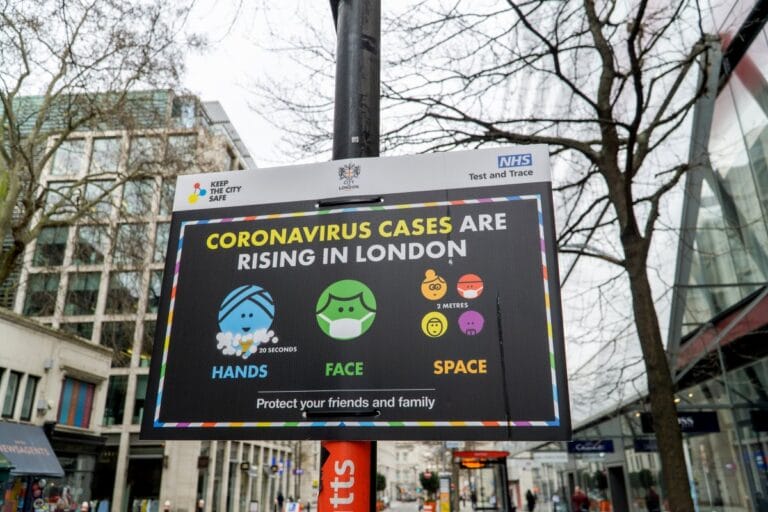
- Ventilation: making sure indoor spaces are well ventilated so virus-filled aerosols don’t build up in the air.
- Whole countries going into lockdown when it became clear that the only way to prevent the spread of SARS-CoV-2 from one person to another was to keep people apart.
- Individuals isolating if they have been in contact with someone who is infected.
- Vaccines: once the majority of a population are vaccinated against a disease, everyone is protected. The rapid development and widespread delivery of covid-19 vaccines in countries like the UK made an enormous difference to the impact of the disease.
The challenge of variants
- The genetic material of SARS-CoV-2 – like the genetic material of all organisms - has the ability to change or mutate. These mutations may be small, with little or no effect on the characteristics of the virus, or large with big consequences.
- When these changes in the genetic material affect how quickly the SARS-CoV-2 virus infects cells, or how lethal the infection is, the new form of the virus is called a variant. Genomic sequencing has been key to identifying and tracking SARS-CoV-2 variants as they have appeared.
Article written by Valerie Vancollie, Scientist and Product Lead for the COVID-19 Genomic Surveillance team at the Wellcome Sanger Institute.